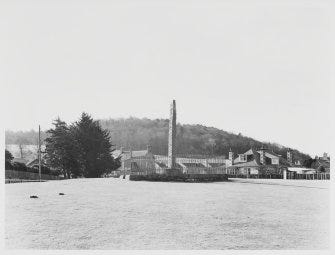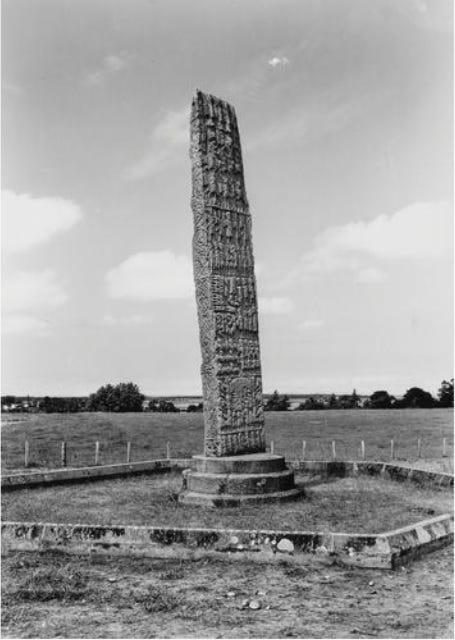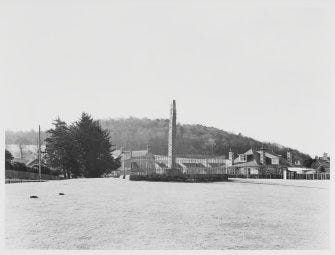I'm giving an online talk on the 16th Feb
Come and hear me talk about the landscape context of Sueno's Stone
If you enjoy this blog, you may be interested in an online talk I’m giving in a couple of weeks’ time.
On Friday 16th February at 7.30pm I’m giving a Zoom talk to the Pictish Arts Society, about the landscape setting of Sueno’s Stone in Forres, and four possible early medieval sites that may be linked to it.

It’ll cover some of the research that I’ve shared in this blog, plus some new stuff I’ve been working on recently. It’s a 40-minute talk with a Q&A afterwards.
I can guarantee it will include a lot of my favourite things (and surely yours too): intriguing place-names, interesting landscape features, digressions on early medieval engineering, unexplored cropmarks, LiDAR scans, medieval charter evidence, ogham inscriptions, symbol stones, Viking Age ring-pins, and more.
You’ll need to be a Pictish Arts Society member to watch live
The live talk and Q&A is for PAS members only, but a recording will be uploaded to YouTube a few weeks afterwards.
If you want to watch live, you’ll need to become a PAS member between now and the 16th. Membership is £18 or £20 for a year and joint membership is £25.
For that you get six online lectures (including this one), an annual two-day online conference, an annual field trip to visit Pictish sculpture, and a quarterly newsletter with the latest sculpture news, lecture summaries, scholarly articles and other updates.
Your membership fee will go towards preserving and communicating Scotland’s Pictish heritage, including helping to lift, conserve and display newly-found symbol stones. So I think it’s well worth it.
The abstract for the talk is below. Hope to see you on the 16th!
Nothing beside remains? Re-reading the landscape context of Sueno’s Stone
Sueno’s Stone near Forres in Moray remains one of Pictland’s most spectacular and most enigmatic monuments. For 300 years historians, art historians, archaeologists and antiquarians have tried, mostly inconclusively, to establish answers to the most fundamental questions about this 6.5m cross-slab with its unique, grisly battle scenes: who put it up, when, what for, and why here?
This paper will discuss the early findings of my MA research into the stone’s purpose and historical context. In particular, it will assess the wider landscape context of the stone: a hitherto under-studied aspect of its setting and one which may hold important clues to its original function.
In doing so it will question the suggestion that the stone is an isolated memorial, way-marker or boundary stone, and invite us to imagine it instead as an active element in a dynamic, peopled early medieval landscape rich with symbols of past and present power.

Fiona Campbell-Howes is studying for an MA in History with Medieval Studies at the University of Birmingham. Having grown up in Moray she has long had a fascination with the area’s early medieval past, and hopes to go on to a PhD to delve deeper into this most obscure period of Moray’s history.



